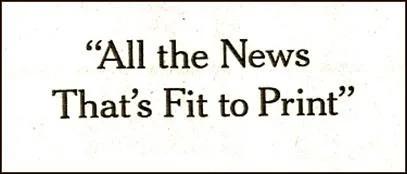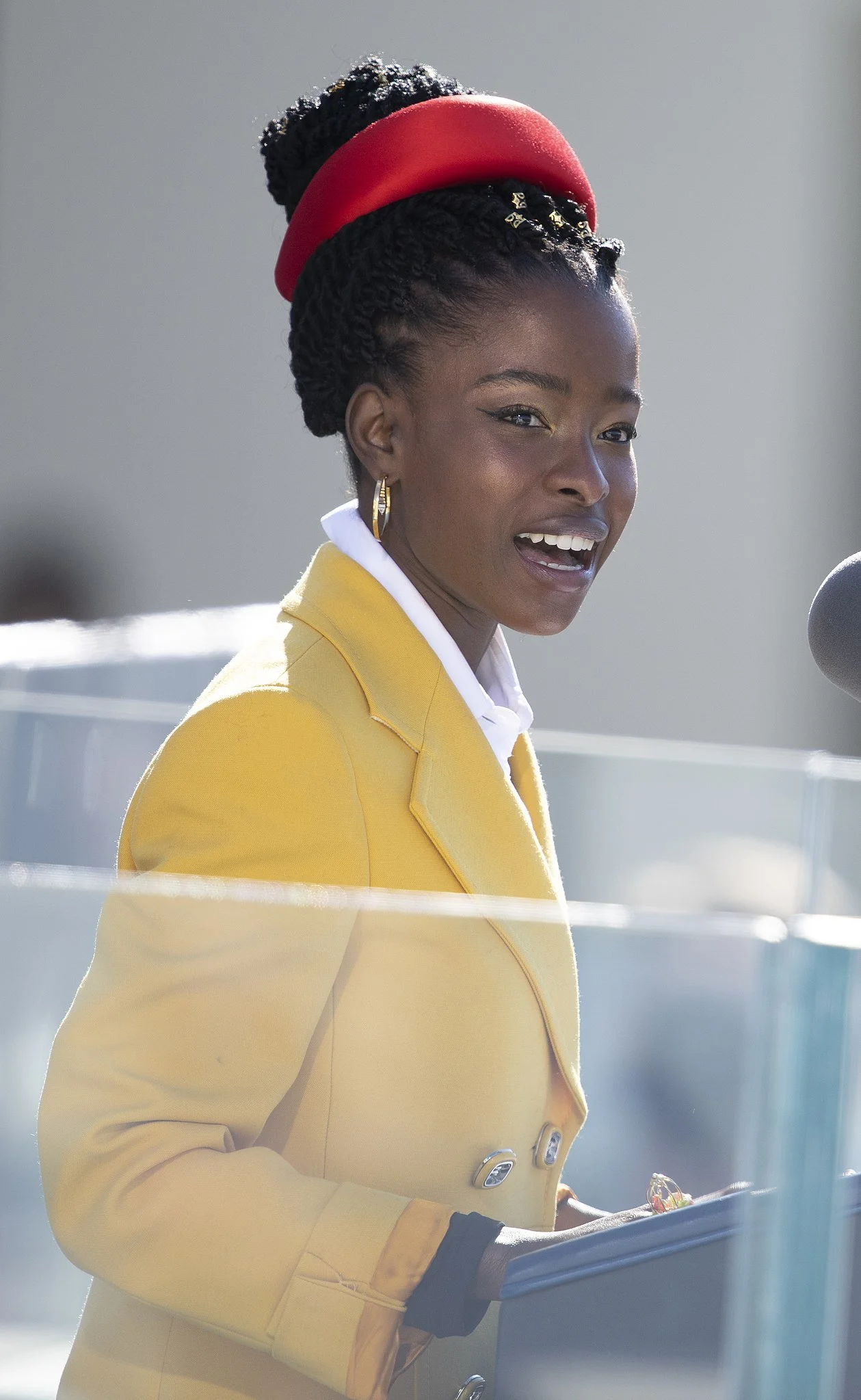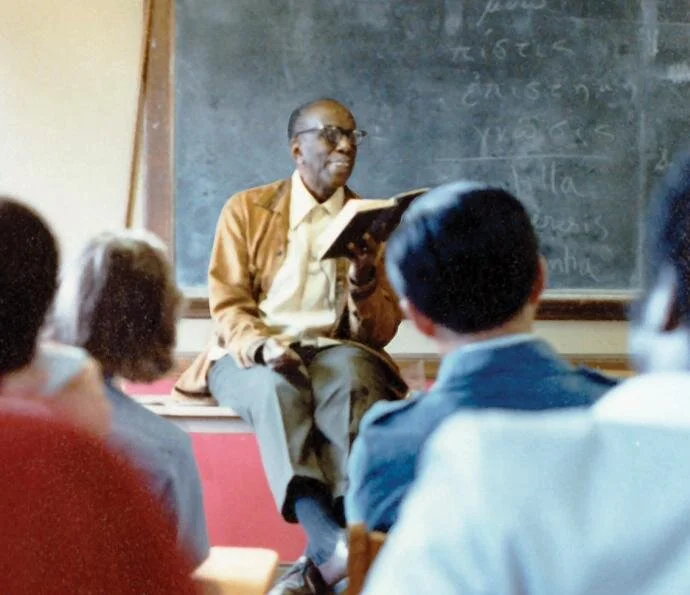Friday Reflection: What a QUAIL at my feet brought to mind
One warm day, as I struggled for social distance walking through Rittenhouse Square, I refocused on a strange presence aiming for me.
There, almost invisible against the fallen leaves, a large bird I’d never seen on the Square darted out of the shrubs to begin circling my feet, far enough to avoid contact but intent on staying close. It never called or flew, and was apparently uninjured.
Who ARE you, I asked, appalled? Don’t you know how dangerous this place is for you? You’re easy pickings for predators that regularly take squirrels and pigeons here! This is clearly not your natural home so how did you get here? I shooed it back into the bushes, hoping to protect it for a bit longer.
I never saw it again, feared for its life, and remained haunted by our encounter.
Typical modern researcher, I Googled it, using the photo shown here, taken on one of its laps around me.
It was some kind of quail that I’d never seen before. How did a quail get to a city square?
A birder friend suggested it was blown off course while migrating. OK. But wild ones, I read, are famously shy, unlike this one.
I sent the photo to an ornithologist friend who said it was an adult Coturnix Quail, one of several species raised in pens for their meat and eggs. That explained its attraction to me, like a farm chicken waiting to be fed.
Why there? I’ve seen quail eggs at the Farmers’ Market on the north side of the Square but never live birds: illegal in this context. Did it escape from a poultry truck, from a backyard breeder?
It bothered me that this bird, born to one world, found itself in a hazardous new alternative.
Maybe I worry too much. Maybe it adapted to city spaces, as other species have done, and flourishes in these new surroundings. Or maybe a neighbor adopted this mysterious human-friendly creature, as one Center City dweller reported doing online some years back. Still, keep your eyes peeled for an urbanized quail at large.
At the point that we met, however, the quail seemed eerily akin to the dispossessed people on the streets, each with a special situation, history, and prospects.
Especially in the intimate spaces of an old city, we residents and workers deal with those on the streets at close range. We’ve all likely had unpleasant, painful, and even dangerous experiences there. We learn to stay clear of some, as some avoid us.
Yet, maybe like other people, because I walk almost everywhere, I’d come to know some; we’d talked with mounting familiarity. Then, like the quail, they disappeared. I knew they moved around but I still wondered.
What happened to the bright-eyed young woman, a vendor with One Step Beyond whom I later found near the Square, no longer selling the magazine? Her face was now wan: she said her husband had left her; perhaps she was back on drugs. Yet she was relieved to indulge in girl talk, not outreach talk. She helped me up when my legs stiffened with our seated conversation on the sidewalk. I worry for her.
I looked forward to greeting others, genial and gentle, on my forays. I regularly exchanged paperbacks with one. I often met another, a history major in college and war film buff, on a bus in bad weather before COVID-19. A young deaf person brightened, surprised, when I signed “hello.” Yet another was from the Balkans, whose strange puppeteering, I learned from his poem published in One Step Beyond’s magazine, connected him with his sister, killed in ethnic cleansing that he survived; the puppet was hers.
Their nationalities, races, ages, and genders varied. Their spark and individuality blossomed with engagement.
Others became friends at St. Stephen’s through its weekday hospitality program. Especially with the church closed with the pandemic and its community dispersed for shelter, I’ve lost contact. Have any, as in my hopeful thoughts about the quail, found support or a better place, with or without help? I have one friend who did; she helped me to envision the appalling darkness, dangers, and insecurities of street life that she’d experienced. She also helped me to respect the fraught pathways out, the tenuous platform beyond, and the scars that remain.
I reflect on this omnipresent problem here because its proximity never stops touching me. These are real people, individuals in our shared world, some who may prefer alternatives to the street. Certain property owners feel improving the neighborhood’s quality of life means simply removing street people from view. Today, when I don’t see them I worry. I hope for better for them.
—Suzanne Glover Lindsay, St. Stephen’s historian and curator










